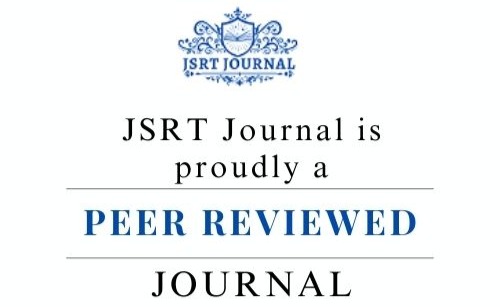Convolutional Neural Network Model for Flue Cured Tobacco Classification in Zimbabwe
DOI:
https://doi.org/10.61808/jsrt286Keywords:
Convolutional Neural Networks, Flue-Cured Tobacco, Image Classification, Deep Learning, Zimbabwe, Agriculture, Machine Learning, Quality Control, Feature Visualization, ResNet50, VGG16, InceptionV3, Grading.Abstract
The flue-cured tobacco sector plays a vital role in Zimbabwe’s economy. Ensuring accurate and efficient grading of tobacco leaves is essential for fair pricing, maintaining quality standards, and optimizing marketing strategies. Traditional grading methods, which rely on manual inspection, are often subjective, labour-intensive, and inconsistent. This study explores the use of Convolutional Neural Networks (CNNs) to automate the classification of flue-cured tobacco leaves cultivated in Zimbabwe. A diverse dataset of high-resolution leaf images, representing various grades and sourced from multiple regions, was compiled. The research evaluates several CNN architectures, including both custom-built models and well-known pre-trained networks such as VGG16, ResNet50, and InceptionV3. To address class imbalance and improve model robustness, data augmentation techniques were applied. Model performance was measured using metrics like accuracy, precision, recall, F1-score, and AUC-ROC. Among the models tested, the fine-tuned ResNet50 achieved the highest accuracy, outperforming the others and significantly exceeding the reliability of manual grading. Additionally, the study employed interpretability tools like Grad-CAM to highlight the specific areas of the tobacco leaves that influenced the model’s decisions. This work presents a reliable and efficient automated grading system that could enhance productivity and profitability in Zimbabwe’s tobacco industry, while also demonstrating the broader potential of deep learning in agricultural applications across developing regions.











